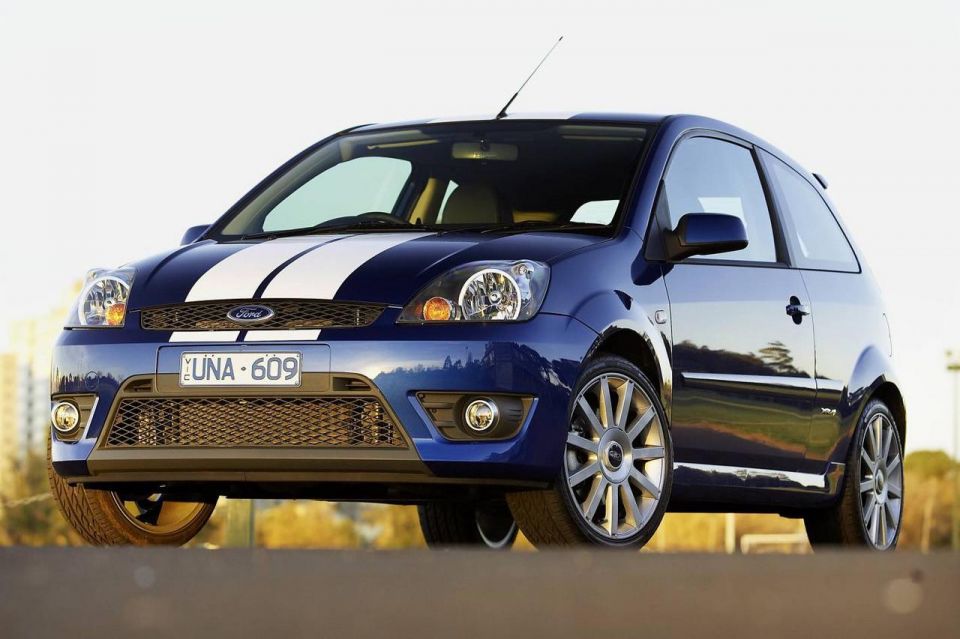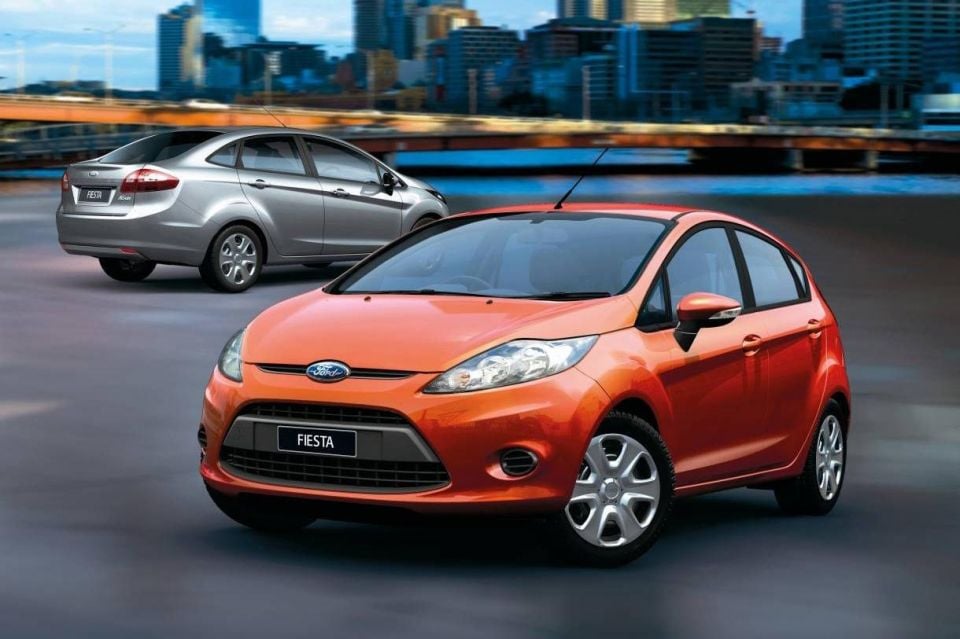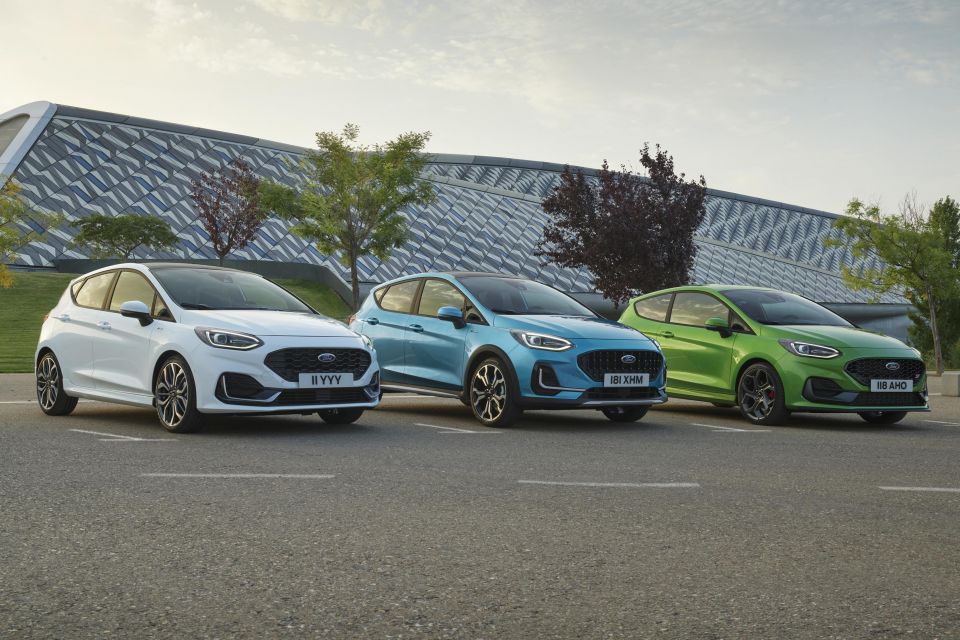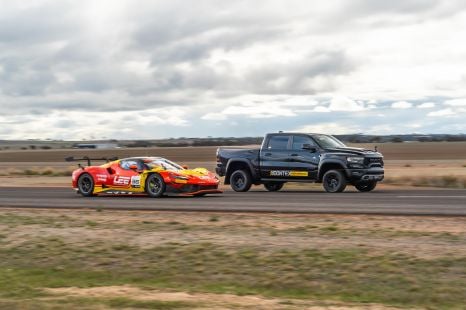

Neil Briscoe
2026 Xpeng G6 AWD Performance review: Quick drive
5 Days Ago

News Editor
The party is over for Ford’s smallest car.
Ford will end production of the Fiesta in June 2023 after 47 years and over 22 million units, and no electric replacement is planned.
The company confirmed it will begin production of a new mid-sized electric crossover based on Volkswagen’s MEB platform next year at the Fiesta’s plant in Cologne, Germany.
It released a poignant video bidding farewell to the Fiesta but teasing the electric SUVs that it’s introducing.
With Ford having discontinued the even smaller Ka in Europe and South America in the past few years, that will leave the Puma crossover, as well as the Escort (China) and Focus (Europe) small cars as the brand’s entry-level models.
The Focus’ future is far from assured, however, with reports Ford will end production of its small car range in 2025.
This news comes as Ford of Europe expands its electric vehicle range, with two German-built crossovers based on Volkswagen’s MEB platform in the works along with an electric Puma to be built in Romania.

The trio, due by 2024, will slot in underneath the Mustang Mach-E. Ford of Europe plans to sell only electric passenger cars from 2030.
Fiesta sales have trailed off recently, even as rivals like the Opel/Vauxhall Corsa and Peugeot 208 continue to perform well in Europe.
Despite being Britain’s best-selling car ever, with nearly five million sold over 46 years, it didn’t feature in the top 10 of sales there last year – though the related Puma did.


In Europe, Ford sold just 150,067 Fiestas in 2020 and 86,385 Fiestas in 2021 according to Carsalesbase. It typically sells well over 200,000 annually, and in the past decade has even been claimed the title of Europe’s best-selling vehicle across multiple years.
The Fiesta has been in production since 1976 but it took until 2004 for Ford to introduce it locally.
It replaced the Ka here, giving Ford a more direct rival for the likes of the Mazda 2 and Volkswagen Polo.
Unlike the Ka, a more practical five-door body style was available, while 2007 saw the introduction of the hot 2.0-litre XR4.

The following generation was the most global Fiesta yet, returning to North America and being produced in numerous countries including Brazil, Germany, India, Mexico, Spain and Thailand. A sedan was also offered.
A hot version, now called the ST locally, returned in 2013. It continued to be sourced from Germany even as Ford Australia switched to Thai sourcing for the rest of the Fiesta range.
With Thai Fiesta production ending, what would prove to be the final generation belatedly arrived here in 2020, but only in German-built ST guise.
Though a facelifted model was launched this year, supply issues in Europe saw Ford Australia axe it — as well as the Focus ST — just months after launch.

The great expansion of the Fiesta worldwide under the Blue Oval brand’s One Ford policy proved short-lived. With the nameplate’s discontinuation in markets like North America and South America, the current generation is now manufactured only in Germany
It’s not the only heritage nameplate that Ford has put on the chopping block in recent times.
It confirmed last year it was ending production of the Mondeo in Europe, though its Chinese operations subsequently introduced a new generation for that market. It’s also sold as the Taurus in the Middle East, dusting off another recently deceased heritage nameplate.
The defunct European Mondeo was another global One Ford model, with versions manufactured in China, Spain and the US (as the Fusion), and sold in markets across the world, including Australia.
MORE: Everything Ford Fiesta
Where expert car reviews meet expert car buying – CarExpert gives you trusted advice, personalised service and real savings on your next new car.
William Stopford is an automotive journalist based in Brisbane, Australia. William is a Business/Journalism graduate from the Queensland University of Technology who loves to travel, briefly lived in the US, and has a particular interest in the American car industry.


Neil Briscoe
5 Days Ago


Max Davies
4 Days Ago


James Wong
2 Days Ago


William Stopford
2 Days Ago


Josh Nevett
1 Day Ago


Paul Maric
13 Hours Ago